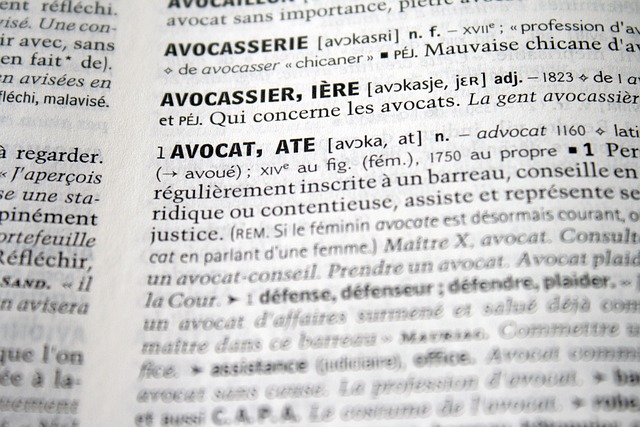The Oregon Child Welfare Court System is a crucial network for protecting at-risk children, with parents, guardians, and advocates needing to understand its specific procedures to actively participate in cases. This includes initial petitions, fact-finding sessions, and open communication between professionals, ultimately shaping the future of vulnerable youth through safe, stable environments. By navigating court processes and utilizing the child welfare court guide, individuals can advocate for their rights and support the well-being of involved children.
“Dive into the intricate world of Oregon’s child welfare court system with this comprehensive guide. Designed for parents and stakeholders, it unravels the complexities of a crucial institution shaping youth well-being. From understanding the court’s overview, jurisdiction, and key players to navigating procedures, filing documents, and securing legal representation, this resource offers invaluable insights.
Learn about your rights and responsibilities, common challenges, support services available, and effective communication strategies within Oregon’s child welfare court process.”
- Understanding the Oregon Child Welfare Court System
- – Overview of child welfare courts in Oregon
- – Role and jurisdiction of the court
Understanding the Oregon Child Welfare Court System

The Oregon Child Welfare Court System is a complex network designed to protect and nurture at-risk children within the state. Understanding this process is essential for anyone involved, be it parents, guardians, or advocates. This court system follows specific procedures tailored to address child welfare concerns, ensuring that every party has a fair and structured opportunity to present their case.
Navigating these court procedures in Oregon involves familiarizing oneself with the different stages of the process, from initial petitions to final dispositions. Each step is crucial, offering opportunities for intervention, resolution, or appeal. Gaining court procedural insights can be transformative, empowering individuals to actively participate in their cases and make informed decisions that could shape a child’s future.
– Overview of child welfare courts in Oregon

Child welfare courts in Oregon play a crucial role in ensuring the safety and well-being of vulnerable children within the state. These specialized courts focus on cases involving child abuse, neglect, and dependency, aiming to provide efficient and effective resolutions. The Oregon child welfare court system is designed to offer a structured approach to protecting children while also offering support and resources to families facing these challenges.
Navigating court procedures in Oregon can be complex, but understanding the process is essential for all involved parties. The court guide typically involves initial hearings, where the allegations are presented, followed by fact-finding sessions to gather evidence. Court procedural insights suggest that open communication between social workers, attorneys, and judges is vital to reaching informed decisions. This transparent approach allows for a more comprehensive evaluation of each case, ultimately aiming to provide a safe and stable environment for Oregon’s youth.
– Role and jurisdiction of the court

The Oregon Child Welfare Court plays a pivotal role in ensuring the safety and well-being of vulnerable children within the state. This specialized court has exclusive jurisdiction over matters related to child abuse, neglect, adoption, and dependency cases. Its primary objective is to protect children, make decisions in their best interests, and restore stability to families facing challenges. The court’s authority extends to overseeing various procedures, from initial protective orders to long-term custody arrangements.
Understanding the court process is crucial for all involved parties. Navigating court procedures requires a deep knowledge of Oregon’s child welfare laws and regulations. This guide aims to provide insights into the steps typically followed in Oregon Child Welfare Court cases, ensuring that parents, guardians, and advocates are equipped with the necessary information to effectively participate in the legal process. By familiarizing themselves with these procedural intricacies, individuals can better advocate for their rights and the interests of the children involved.
